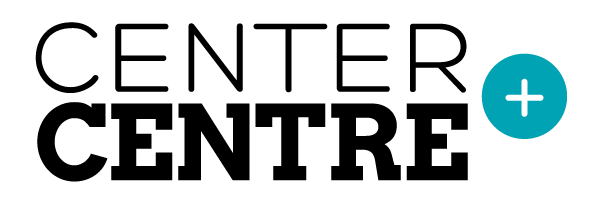
The first question we asked when we started designing a new type of design school program was: What kind of designer?
All designers work with the basic underlying notions of where design comes from: Every designer starts with an intent — what they want to accomplish. They create their designs to change and enhance the user’s behaviors. They create great designs when they delight the users, or they create poor designs when they frustrate those users.
This is what a design school teaches students to do, whether we were grooming the skills of designers to build physical products, to design public spaces, or to create great service offerings. When Leslie and I sat down to work on the Unicorn Institute, we had a big choice for what we wanted to do.
Leslie and I have each spent our careers working with digital design. Leslie’s been deep in web design education for many years. She has created web design curriculums and truly understands how to create highly skilled web designers.
I’ve been running UIE, which started with studying the designers of software products — everything from email clients and word processors to molecular modeling tools and the software embedded in the International Space Station. Eventually, we moved to web sites and now are spending a lot of time with mobile applications.
Since we were most familiar with creating designers of digital experiences, that’s where we’ve decided to focus our initial work on the Unicorn Institute’s research. But did we want to narrow this focus further? Did we want to look at maybe the visual side of digital experiences, or just the information architecture skills? Should we focus primarily on great interactions and flows, or maybe look at content and copy strategies?
As we’ve done throughout this project, we turned to the hiring managers to find out. We set out to talk to the folks who would hire the graduates from a Unicorn Institute-style school. Immediately, we got our answer.
The User Experience Designer
Our ideal UX Designer has general skills, compared to many of the folks working in UX jobs today. She has a good sense of the visual, understanding sophisticated use of layout, typography, and color. She can organize content and navigation, increasing the design’s findability. She knows how to craft persuasive microcopy and create publication tools for the organization’s content providers. She knows how to craft design flows and envision the microinteractions that deliver great experiences.
These general skills are a lot for designers to learn, especially those folks new to design. Fortunately, our prototype Unicorn Institute program is two years in length — plenty of time to dive deep into each essential area. And 75% of our envisioned curriculum is project-based, giving the students more than 1200 hours to practice and refine their talents.
For the next generation of industry-ready designers, we took the challenge and are aiming high. We think the students we’d attract to a program like this would be ready to take their skills to these heights. They’ll need grit and tenacity to develop their skills in all these varying areas, but we’ve seen enough people who are doing this today to know it’s possible. We still have a lot to learn about how to build a school for UX Designers, but that’s what makes a research project like the Unicorn Institute fun.
We’re hopeful that once other programs see how we’re making it work with the Unicorn Institute, they’ll start to think more about producing UX design generalists. Imagine what the world could do with hundreds of freshly-minted, skilled UX Designers crafting the next generation of digital experiences?

